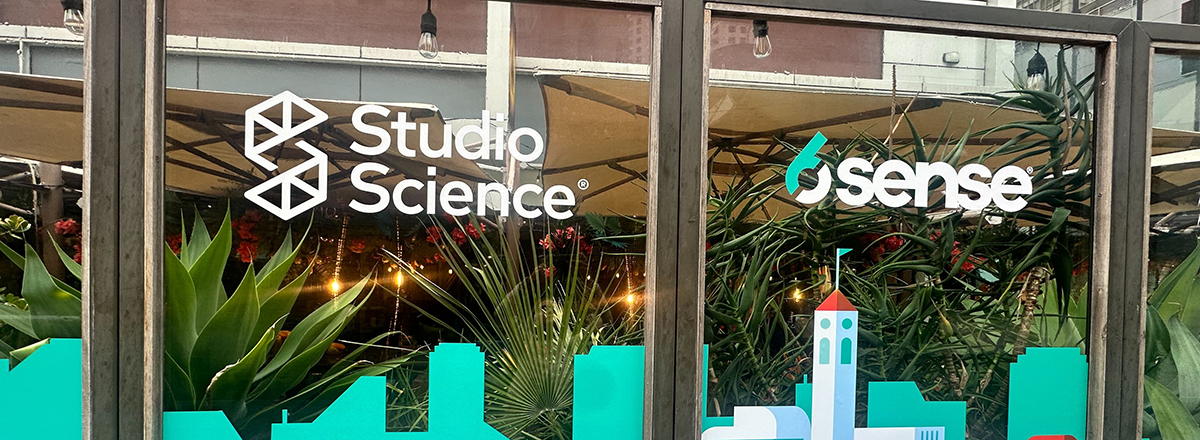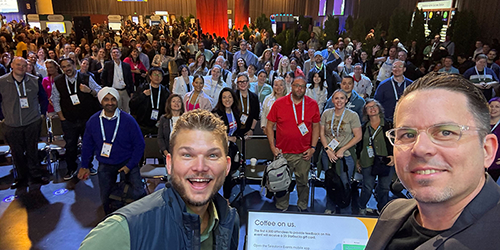
What Stood Out From Salesforce's Dreamforce 2024
Lauren OlsonI’ve been going to Dreamforce for most of my professional life. Some things never change – like the Moscone Center location with its cold temperatures in the expo hall, Salesforce unveiling its newest products, and the crazy hotel prices – but each year’s event has its own flavor. This year was a bit of a throwback in a welcomed sense, with the activity and mood of those in San Francisco feeling more like 2018 than 2022.
I’m not the only one familiar with Salesforce’s largest event each year. Our team is made up of Salesforce vets who know their way around Dreamforce and know what to make of the sights and sounds of the week. So we asked some of them to share what stuck out and resonated most from their experience in San Francisco this year. Here’s what they had to say.
Steve Pruden, CEO
Move over Data Cloud because the shiny new object in the Salesforce ecosystem is Agentforce. Every product-related meeting I attended focused on it. If you didn’t see, Agentforce is Salesforce’s new AI push. And at first glance, it seems like a real difference-maker in the market compared to other enterprise offerings. Meanwhile, Data Cloud is becoming a much smaller focus.
Then, from an overall atmosphere perspective, Dreamforce was a shot of optimism, despite it being a bumpy summer for many economically. The vibe I got was that attendees were much less cynical this year than the previous two years. Whether it was customers, Salesforce reps, business leaders, etc., they all had much more swagger and confidence.
Perhaps more than just coincidently, the event was anecdotally much more attended than the previous few Dreamforces. The conference almost felt like the old days (in a good way) and the customers I talked to were excited about Salesforce in a way that’s been missing.
Jimmy Sharp, Client Director
One thing that was clear: customers were very excited about Agentforce. This new product is super interesting in its ability to incorporate generative AI into sales and customer service operations and then engage other teams and areas of business, such as HR, finance, and across the supply chain.
Revenue Cloud was another big focus throughout the conference. The sessions I saw were all filled and it seemed to be the topic most discussed by Salesforce account executives I spoke to during Dreamforce.
But overall, it was great to see the event get closer back to how it was pre-COVID in terms of the energy and attendance.
Jarrod Kingston, Enterprise Account Executive
I completely agree with Steve and Jimmy in terms of the optimism and excitement around Dreamforce this year. And Agentforce was absolutely a major talking point. It’s a new architecture layer that sits at the very top, allowing you to build AI agents to help automate just about any area of a journey by utilizing things like Flows, Prompt Templates, or even Apex code.
Unified commerce was another focus along with Salesforce announcing several new commerce bundles that will make purchasing commerce more simplified. Expanding off that, I think the new Salesforce Point of Sale product could be really interesting and powerful for organizations that do B2B commerce and have field sellers. Imagine now having a B2B POS system on Salesforce tied directly to your commerce that a field rep can use on their mobile device to facilitate sales without having to build something from scratch.
The final thing I’d say is that all of these new features are incredibly powerful and impressive, but it’s important to remember that it comes down to how you can enable experiences from it. We heard a lot about the platforms themselves, but just implementing Agentforce or any other system won’t solve customers’ problems. What’s crucial now coming out of Dreamforce is finding a partner that can help you understand customer needs then incorporate everything Salesforce just showed off into your ecosystem in order to fit those needs.



Lauren Olson
Lauren Olson is the Executive Vice President of Marketing at Studio Science where she drives the brand, voice, and perspective of the consultancy and how it engages with key audiences. Lauren has more than 15 years of experience building brands and engaging audiences.


